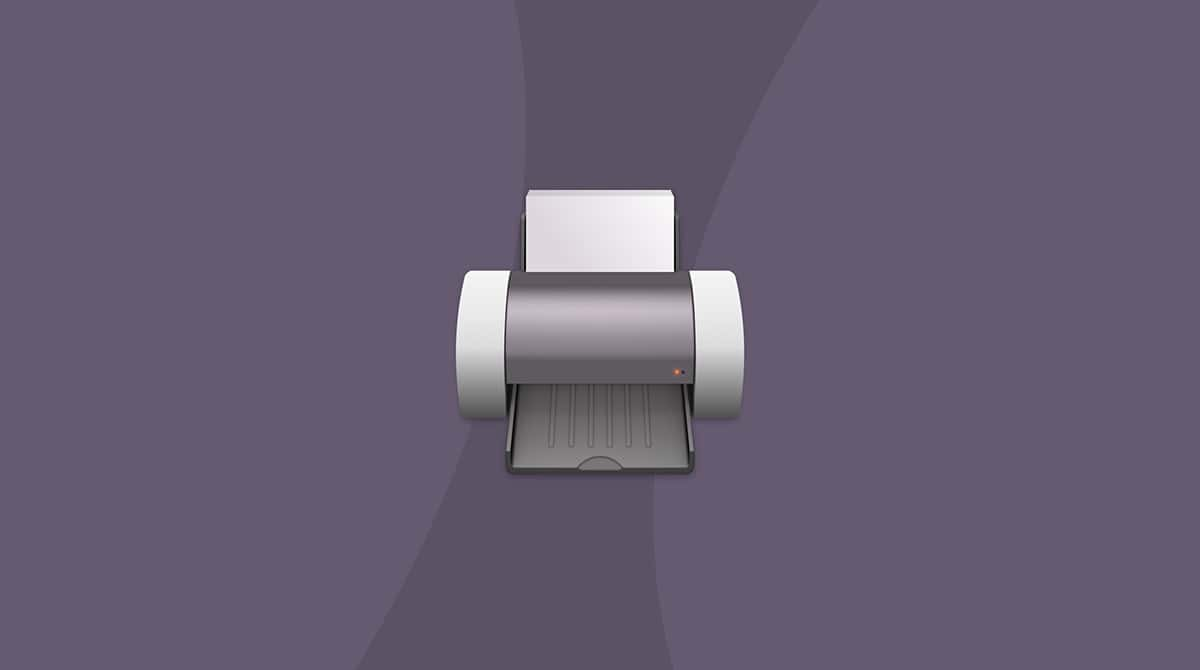An NTFS, which is short for an NT file system (also known as New Technology File System), is the file system used on the Windows NT operating system. Windows NT (New Technology) was released in 1993, along with further updates and two versions available, one for Servers and the other for Workstations.
Comparable to other file systems, NTFS stores and retrieves files on hard disks. NTFS is the NT equivalent of the Windows 95 file allocation table (FAT) and the improved OS/2 High Performance File System (HPFS). In Apple terms, NTFS is the NT equivalent of the Apple File System (AFS) for macOS and most of the recent iOS updates.
There are dozens of other file storage and retrieval systems; those are simply some of the most popular, and in this case, although macOS can read from NTFS drives, it can't write directly to a drive without some extra work and customization. NTFS drives can prove to be invaluable storage systems, making them especially useful for those with large files and Mac devices to connect them together with read and write functions.

Advantages of an NTFS for Mac
- Support to store very large files, up to 16 billion bytes in size (up to 2 to the 64th power). Wow!
- Information about a file's cluster is stored in each cluster instead of staying centralized, as is the case with the FAT file format.
- NTFS drives use a b-tree directory that keeps an accurate record of file clusters.
- An access control list (ACL) that keeps a close and accurate record of who can access which files, with the ability to place restrictions on access as needed.
- Integrated and secure file compression.
- Support for file names based on Unicode formats.
- Support in place for much longer — and more secure — file names, including those based on the "8 by 3" name format.
- Data security in place on fixed and removable and remote disks, including those it connects to, such as those on a macOS device.
For anyone running out of space on a Mac, an NTFS drive sounds like an ideal solution. Or if you regularly use a Mac and NTFS drives, you are going to need an easy and effective way to connect both and use read and write functions.
Before or after connecting the two, you might want to make sure that you aren't storing more than you actually need. Storage space on any device or driver costs money. Even though an NTFS drive can store huge volumes, there is no sense in passing junk, duplicate folders, and things you don't need from one to another. To avoid doing that, try running CleanMyMac and its Smart Care tool. Designed to clear out tonnes of junk and unnecessary files and folders, this app makes your Mac as good as new.
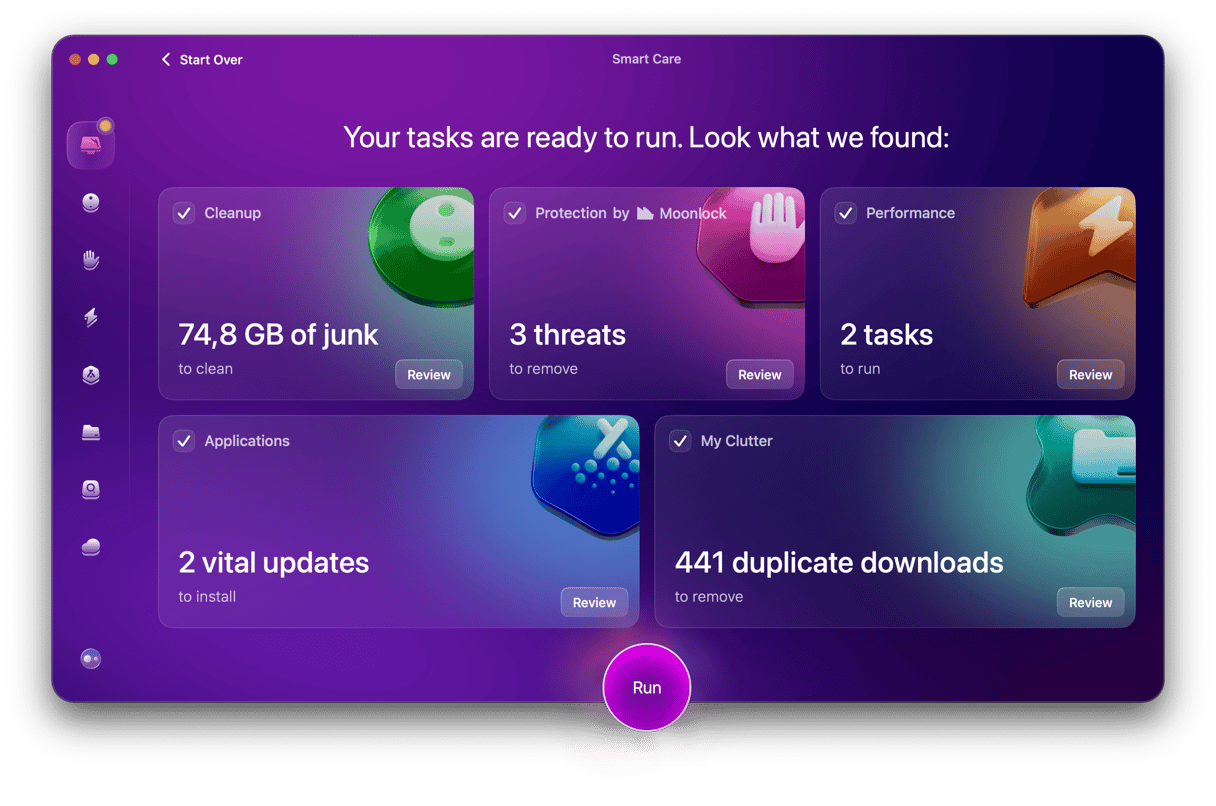
CleanMyMac can also scan and clear out trash in external hard drives, so running a scan when connected to an NTFS drive could save you a huge amount of space.
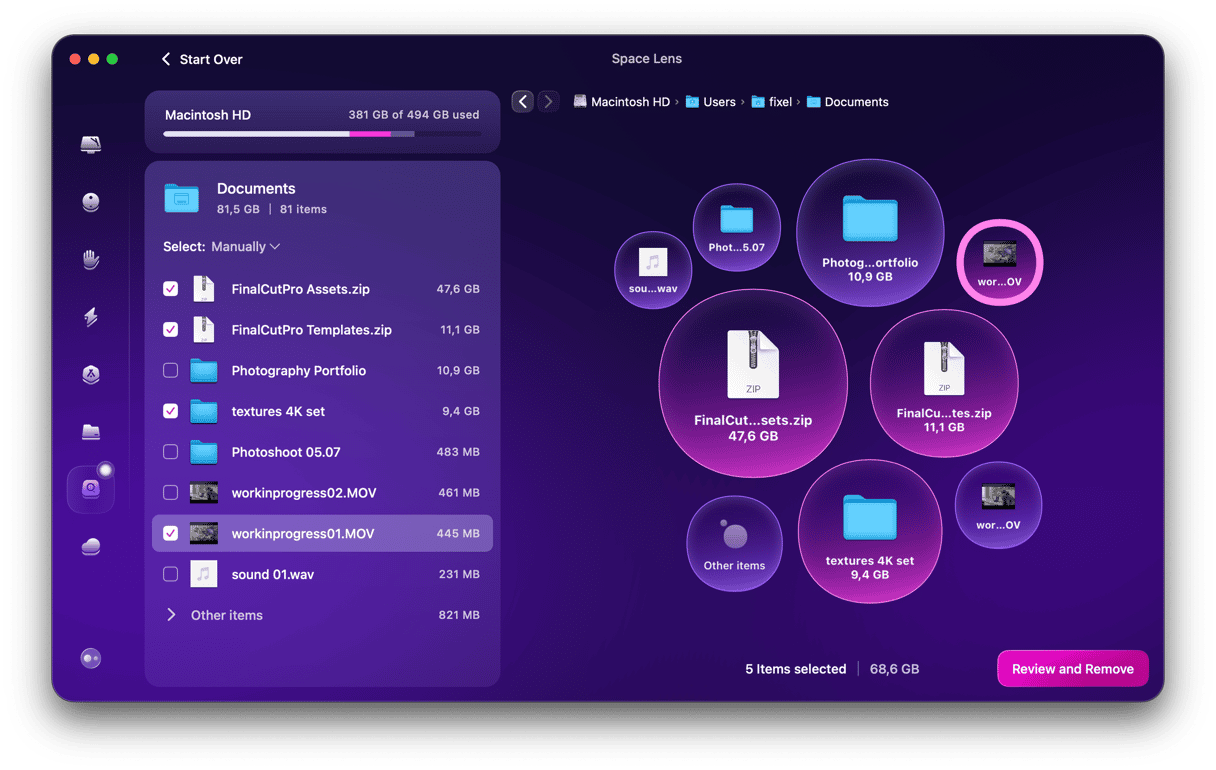
Before connecting and implementing write functions from macOS, let's take a glance at how an NTFS drive works.
How an NTFS drive for Mac works?
An NTFS drive automatically partitions and divides the physical space within a hard drive once it's initialized. Windows NT creates automatic and predefined cluster format file sizes, depending on the overall space available, with recommended defaults preprogrammed into the operating system.
Cluster sizes within the NT operating system range from the smallest, at 512 bytes, up to 64 kilobytes. Windows NT puts in place default cluster sizes for hard drives of any given size. For example, a 4 GB drive will have a cluster size of 4 KB. How the system creates clusters depends on what someone is uploading to an NTFS drive.
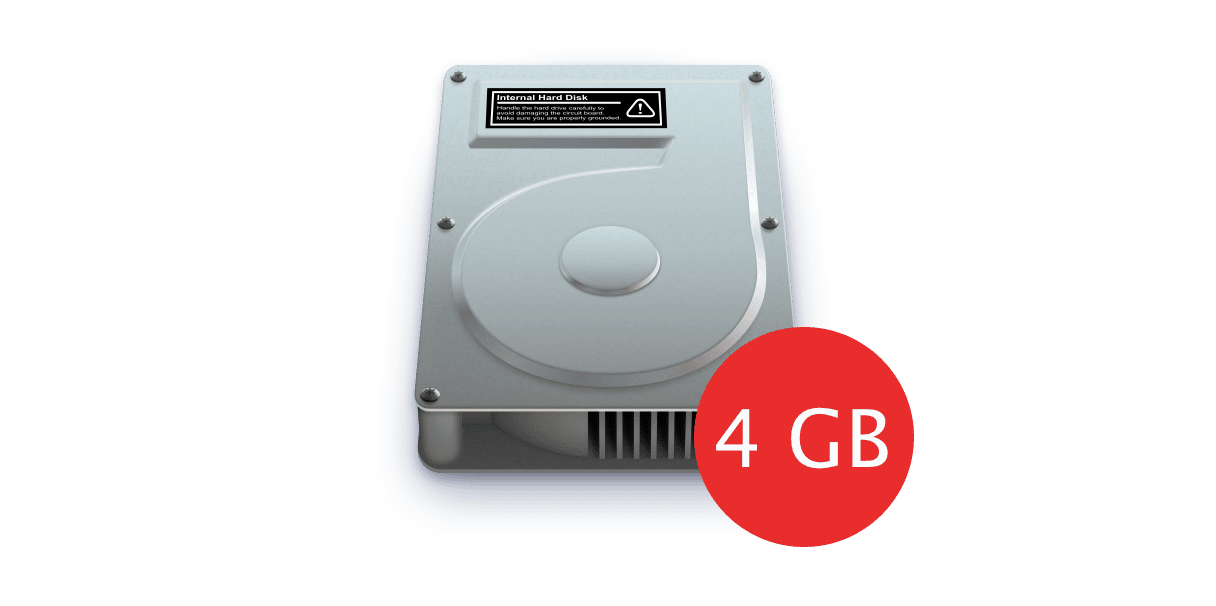
Windows NT prefers to make a trade-off between accommodating large files and reducing the work it would take to access those files. Breaking a large file down into a smaller selection of clusters would improve performance, although this reduces space efficiency.
When a file is created or uploaded, a record is kept within the Master File Table (MFT) of the cluster locations within an NTFS drive. Again, in an attempt to ensure efficiency, Windows NT always attempts to allocate contiguous storage space that will hold as much of the file as possible, thereby keeping each cluster near one another in the record and file cluster format.
Assuming an NTFS drive connected to a Mac is a useful solution for your storage needs, there are three possible ways to connect read and write formats.

How to read and format NTFS on a Mac
1. Third-party drivers (paid)
One of the quickest and easiest ways is to download a paid NFTS third-party driver solution that can support read and write functions.
Compared to other potential solutions for this problem, this is the quickest and safest way, and it involves an easier setup process. Many of them work well and have been tried and tested on thousands of Mac devices across the world.
Some solutions worth considering:
- Paragon NTFS for Mac. It costs $29.95 with a ten-day free trial and, according to reviews, "just works," so is considered worth the investment. As it says on the tin, it comes with read and write functions and effectively bridges the gap between macOS and Windows NT.
- Another way to get Paragon NTFS for Mac is to buy an NTFS Seagate drive, which comes with a free download of Paragon.
- Tuxera NTFS for Mac is another way of bridging the gap between macOS and Windows NT, although it costs $15.00 per license, with a 15-day free trial. Similar to Paragon, just a little less expensive.
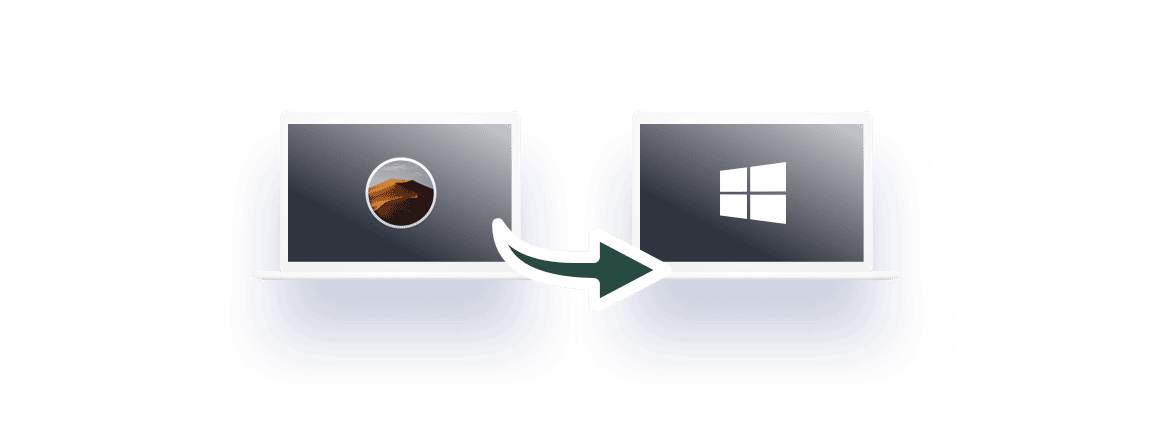
2. Third-party drivers (free)
Another way to have read-write functions when connected to an NTFS drive is to download a free driver known as FUSE. It isn't as quick or easy as the above option, and there are some security concerns related to this approach, but it should be mentioned in this list.
Here is how you download a free third-party driver (familiarity with Terminal is essential):
- Make sure you've downloaded and installed Apple's command line developer tools in Terminal before continuing. Input this in Terminal to install them:
xcode-select -- install - Click Install when prompted to ensure they are installed.
- Next, download Homebrew. Homebrew is a "package manager" for Mac OS X and macOS and is pretty useful when using third-party tools such as FUSE.
- Once downloaded, copy and paste the following in Terminal:
/usr/bin/ruby -e "$(curl -fsSLhttps://raw.githubusercontent.com/Homebrew/install/master/install)" - Enter and input your password when prompted.
- With all of that done, you can enter the following command to install FUSE:
brew install ntfs-3g
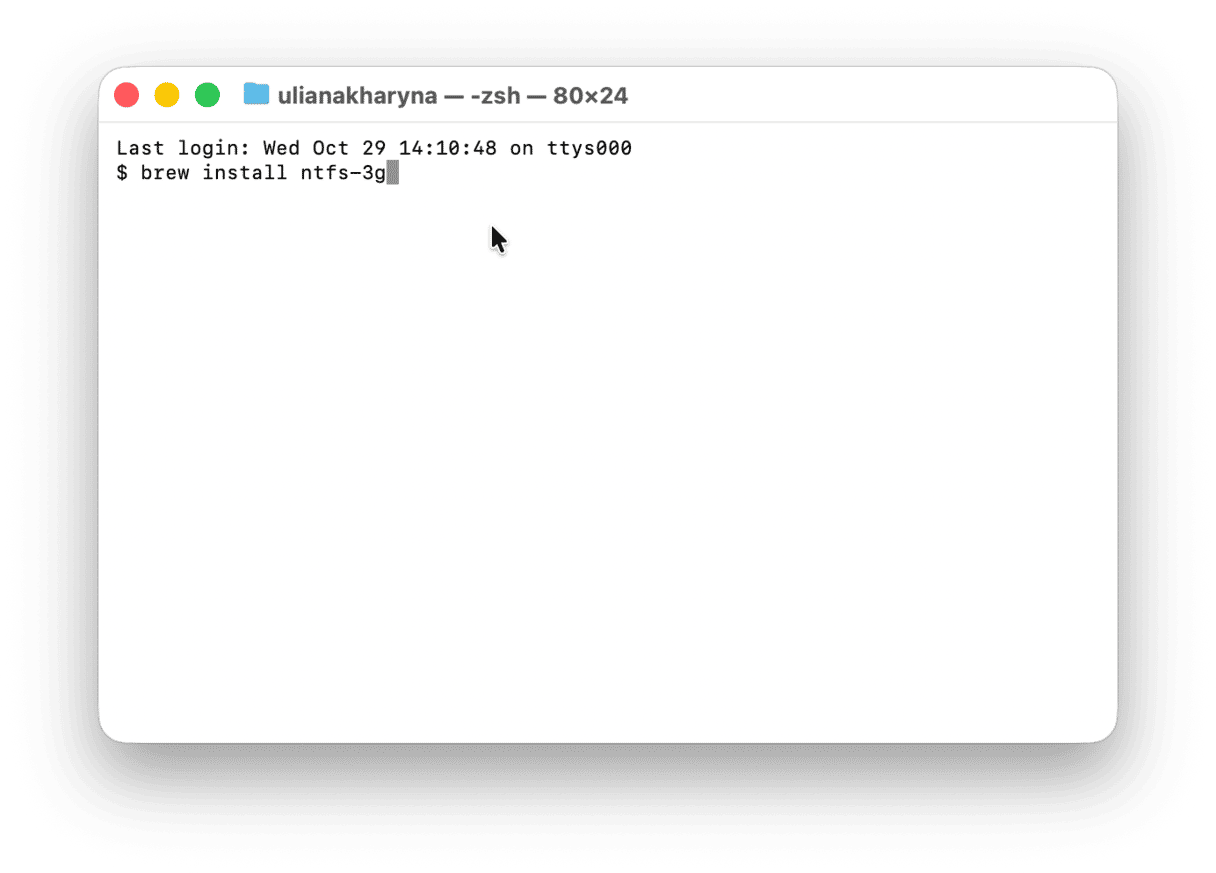
Now you can manually run and mount read-write disk permissions between macOS and an NTFS drive. Terminal is the primary mechanism through which you can control these permissions and run or divide volumes and clusters.
Once you've connected a drive, you need to input the following command in Terminal once to create a mount point at /Volumes/NTFS:
sudo mkdir /Volumes/NTFS
To get a list of the petitions, put this into Terminal:
diskutil list
Now every partition within the mounted drive should write and read the same way as any other external drive or device.
_1562579219.png)
3. macOS experimental NTFS-Write support
Another way is to attempt an experimental NTFS-write support within macOS.
Before connecting the drive, make sure it has a convenient single-word label.
Next, open Terminal and enter the following command:
sudo nano /etc/fstab
Now add the following line to nano, replacing the placeholder "NAME" used here with the name of your NTFS drive:
LABEL=NAME none ntfs rw,auto,nobrowse
Press Ctrl+O after entering that and then Ctrl+X to close nano.
With that done, connect the drive to your Mac, and it should show up under /Volumes in a Finder window. It should appear, although with this being an experimental approach and one that isn't considered secure or stable, that can't be guaranteed.
Of the three approaches mentioned in this article, the safest and most secure approach is to download a paid third-party application. It is the easiest way to guarantee read and write access to an NTFS file.






